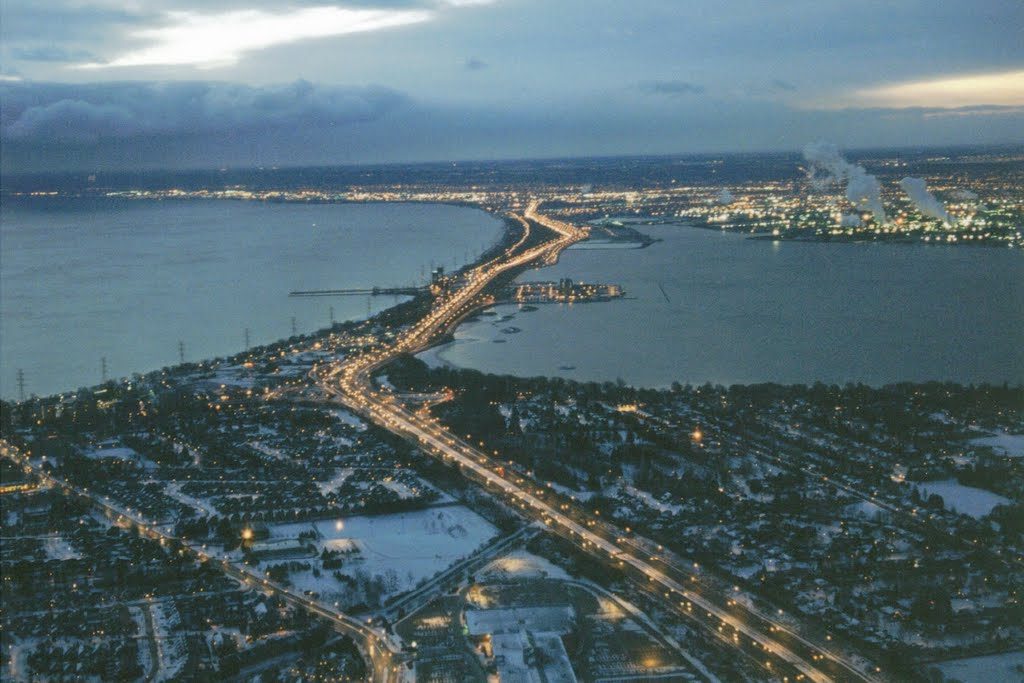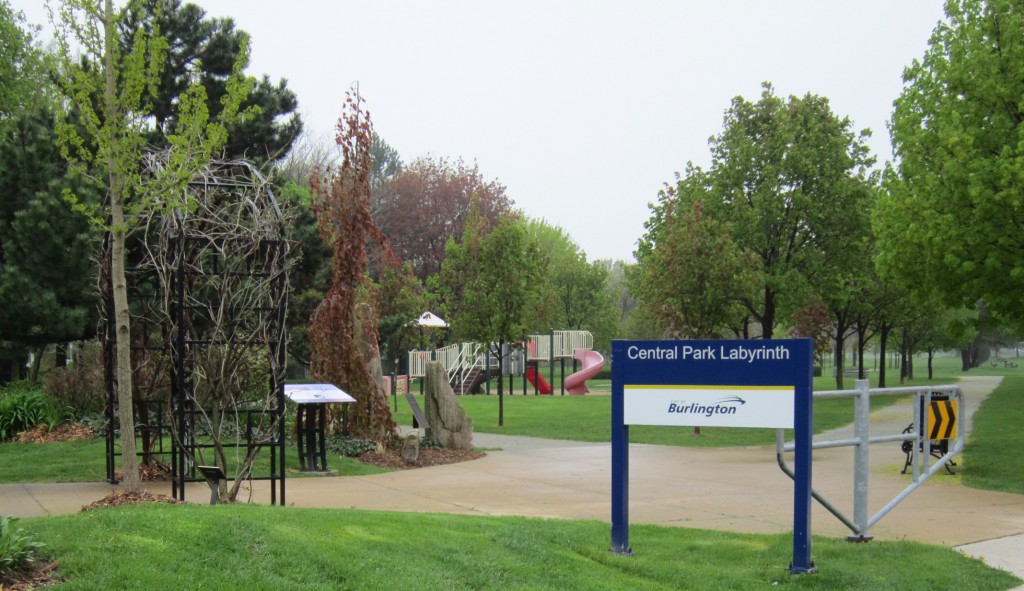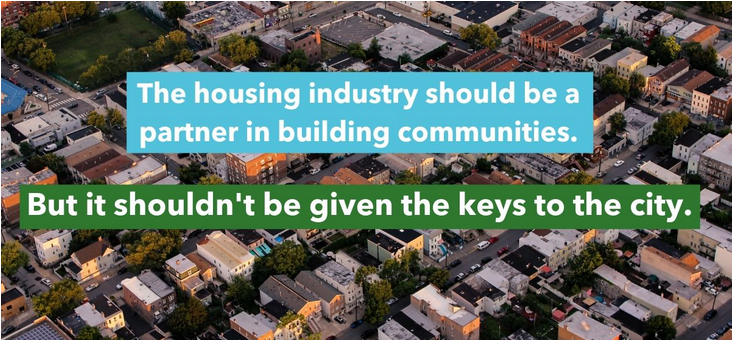August 13th, 2019
BURLINGTON, ON
Our friends across the Bay in Hamilton have published a newsletter that has to be shared.
Citizens at City Hall (CATCH) comment on Bill 108 and the degree to which it is going to gut the way planners within municipalities have to deal with development applications.
CATCH said:
Additional though still incomplete information has come from the province about massive changes being made to rules on planning, community benefit agreements, parkland funding and development charges. Described as “welfare for developers”, the More Homes, More Choice Act appears to mean more subsidies from property taxpayers and an abandonment of the claim that growth pays for itself.

The good citizens of Hamilton have looked at Bill 108 -and they don’t like what they see. The view will be the same from this side of the Bay.
The stated objective of the legislation is to lower housing costs. It eliminates growth fees for services such as libraries, recreational facilities, parkland development and social housing. These make up about a quarter of the development charges currently collected in Hamilton from developers to offset some of the costs of new growth.
Some of these revenue losses could be recovered with modified Community Benefits Charges that are included in the legislation. These replace existing “section 37” collections whereby cities bargain with developers who want to exceed approved building sizes and densities and in return obtain various community benefits.
But the modified community benefits charge will be capped by the province at a rate that has still not been released so there is no certainty that the financial result will be equivalent to that obtained by the existing two growth funding mechanisms. And if a city utilizes this community benefits charge it will be forced to abandon collection of parkland dedication fees – a long-standing method of ensuring sufficient land for parks.
Currently the parkland dedication fee – which has been in effect since the early 1970s – requires developers to provide land or monies based on the number of new residents in the growth area. Now it will be set irrespective of how dense the development.
Toronto staff have calculated that for one new apartment tower the new rules will mean an 80 percent drop in parkland paid by the developer. In another situation, the park area falls from nearly four square metres per resident down to half a square metre.

Developers will finance the same amount of parkland for a 48-storey building as for a four-storey one.
This flies in the face of both provincial and local commitments to encourage higher densities, especially along major transit lines like the LRT. Instead the municipality will be penalized for more concentrated residential development and the developers will finance the same amount of parkland for a 48-storey building as for a four-storey one.
Other changes in the legislation drastically shorten the time allocated to cities to respond to development proposals. For example, the timelines for an official plan amendment drop from 210 days to 120. Local planners contend these make proper review and public consultation virtually impossible and will mean many more appeals to the provincial planning tribunal.
All of these changes are likely to leave existing taxpayers shouldering more of the costs of growth. As Hamilton’s chief planner Steve Robichaud warned in June: “There’s a big shift in terms of who pays for growth and how that balances and they’ve taken the costs off the developer and they’re shifting some of those costs onto the municipality.”
While the new rules are purported to lower housing costs, they don’t include any way to ensure this. “It is unlikely that they will positively impact housing affordability,” argue Toronto planners, “as Bill 108 does not provide for any mechanisms to ensure that reduced development costs are passed through to future home buyers and renters.”
The Ford government rushed through the legislation without details between May 1 and June 6, leaving municipalities scrambling to even provide comments on changes that could not be properly evaluated. Now Queen’s Park has extended the confusion with incomplete draft regulations and schedules.
“The province has not posted an actual draft regulation, but rather has posted a notice of intent to issue a regulation”, notes Hamilton staff.
“The regulations … have been provided in general terms and the full impact of the proposal is not capable of being fully understood and assessed without the official language that will appear as written in the regulation.”

















This is one of the best summaries of the impacts of Bill 108 on the municipal planning and development funding functions that we have seen. If you want a short, direct and plain language explanation of how the world of development project adjudication and funding will change now that 108 is law, this is surely it. We encourage citizens to let your local MPPs know that this is not the type of change that they anticipated when they went to the polls last year. Well done CATCH!!